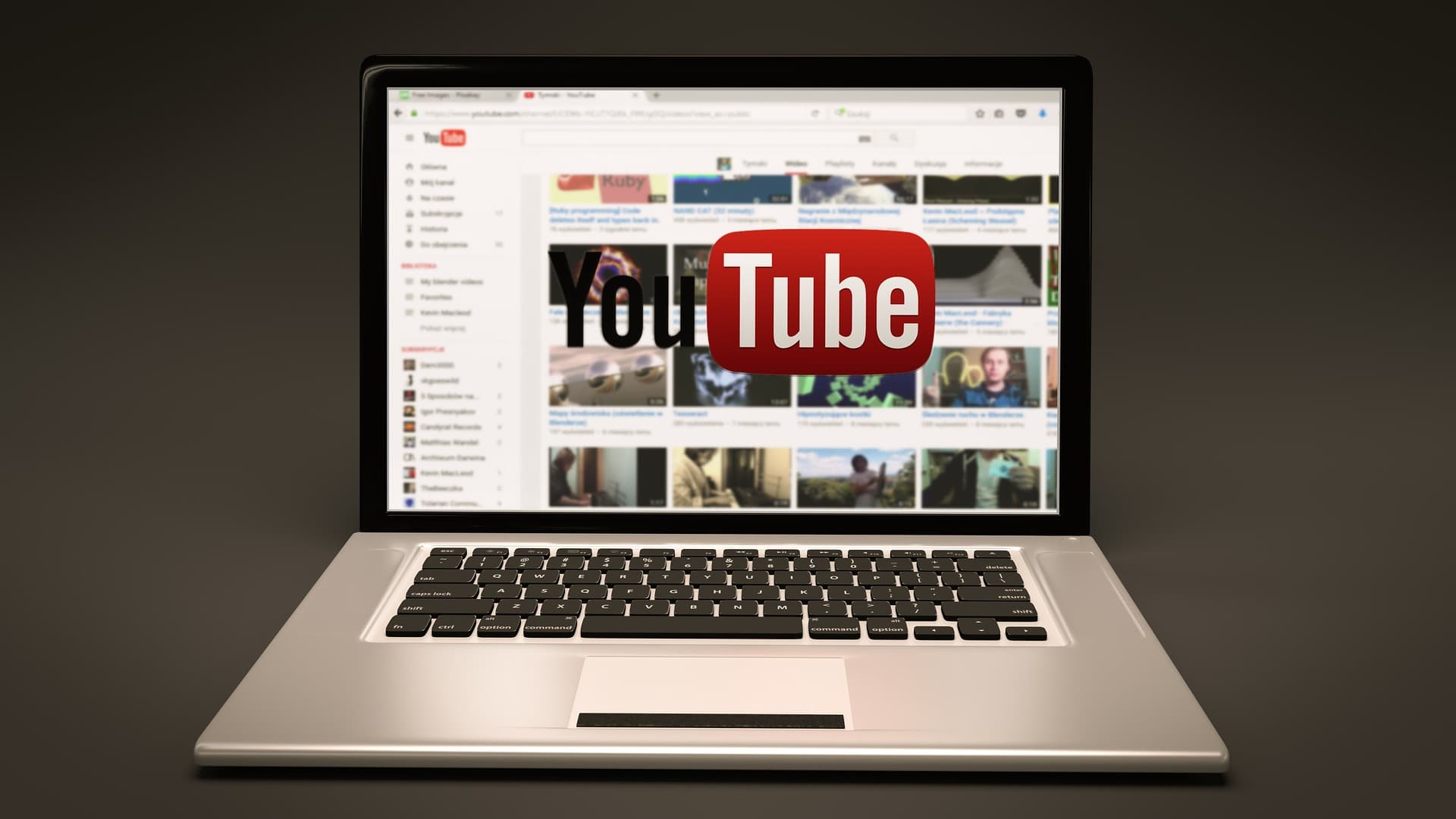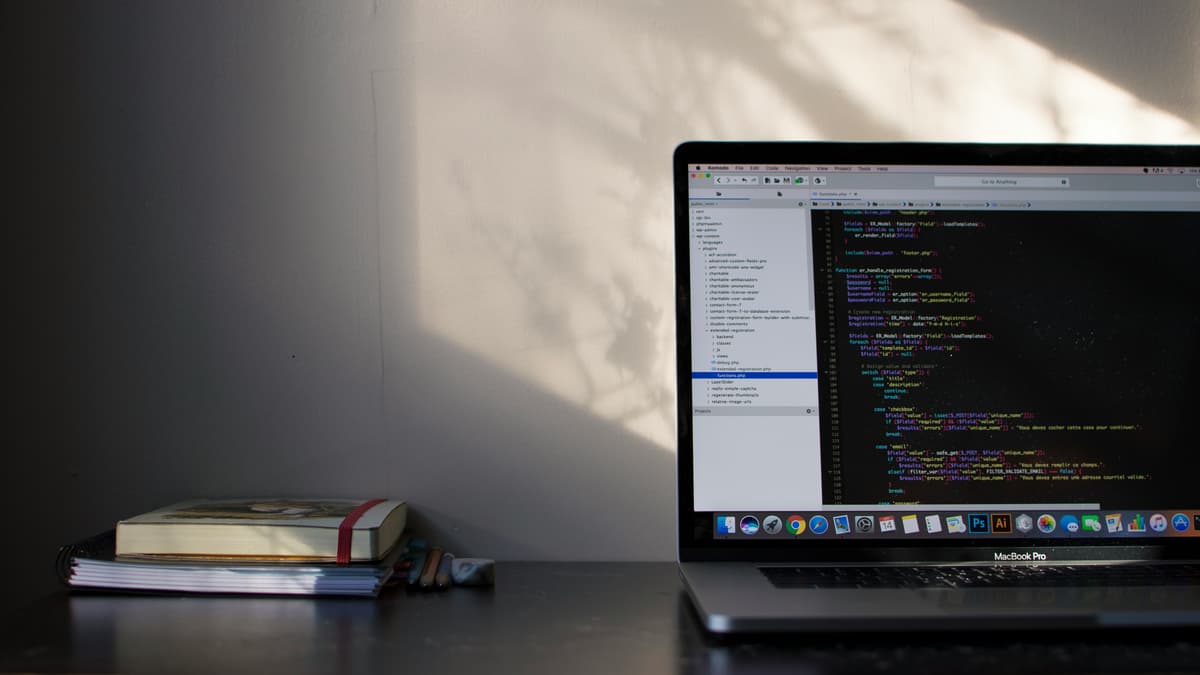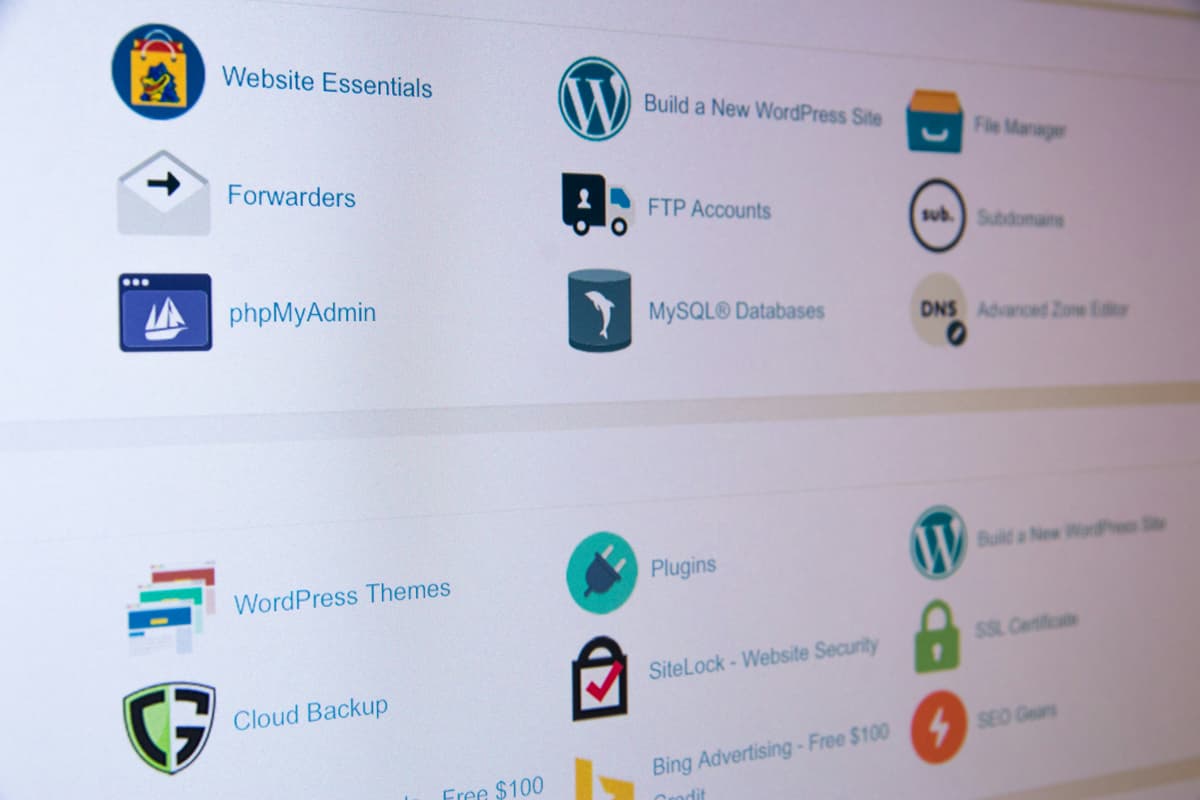Online Courses and Starting a Tech YouTube Channel: Sharing Your Knowledge and Impacting Lives

 Written by Massa Medi| January 1, 2025
Written by Massa Medi| January 1, 2025
Online Courses: Sharing Your Knowledge
Creating and selling online courses is an incredibly rewarding way to turn your expertise into a profitable digital product. By packaging your knowledge into structured lessons, you can reach and teach students worldwide, impacting their lives and helping them achieve their goals. Let's explore the benefits, process, and best practices of creating and selling successful online courses.
Benefits of Online Courses
- Passive Income: Online courses can be sold repeatedly, generating passive income that allows you to focus on other projects or pursuits.
- Global Reach: With online courses, you're not limited by geographical boundaries. Students from all corners of the globe can enroll and benefit from your teachings.
- Flexibility: You set the schedule and work at your own pace. Create the course content once, and deliver it to students whenever they enroll, giving you the freedom to work on other projects.
- Knowledge Sharing: Teaching others not only helps them but also reinforces your own expertise, solidifies your understanding, and establishes you as an authority in your field.
- Personal Fulfillment: Sharing your knowledge and watching your students grow can be incredibly fulfilling. It's a rewarding experience to see the positive impact your courses have on others.
Example: Online Course on Web Development
Imagine you're an experienced web developer. You can create an online course titled "The Ultimate Guide to Web Development." Your course could include modules on HTML, CSS, JavaScript, project planning, responsive design, and building dynamic websites. Students aspiring to become web developers would greatly benefit from your course, gaining valuable skills and a solid foundation in web development.
Planning Your Online Course
Start by identifying your target audience and understanding their needs, pain points, and learning objectives. Define the outcomes and goals of your course. Outline the course curriculum, including the topics you'll cover, the skills students will gain, and the format of your lessons. Consider the length of your course, the number of modules, and the type of content you'll provide, such as video tutorials, slideshows, quizzes, or downloadable resources.
Creating Engaging Course Content
Focus on providing clear and concise explanations, practical real-world examples, and interactive exercises to reinforce learning. Use visuals, infographics, or video demonstrations to make your course more engaging and memorable. Record your lectures or screencasts using tools like Camtasia or Zoom. Ensure your course content is well-organized, easy to follow, and regularly updated to stay relevant and reflect the latest industry developments.
Choosing a Course Platform
Select a suitable platform to host your online course. Popular options include Udemy, Teachable, Thinkific, Kajabi, or even creating your own website with a membership system. Consider factors such as pricing plans, customization options, course promotion tools, student engagement features, and the platform's reputation and reach. Each platform has its unique strengths, so choose one that aligns with your goals and target audience.
Setting the Right Price
Pricing your online course involves finding the sweet spot between reflecting the value you offer and making it affordable for students. Research the market rates for similar courses and consider the length and depth of your course content. Offer discounts or promotions to attract early enrollments or create bundle deals with your other digital products. You can also provide payment plans to make your course more accessible.
Conclusion on Online Courses
Creating and selling online courses is a rewarding and fulfilling journey. It allows you to share your knowledge, impact the lives of students worldwide, and establish yourself as an expert in your field. Remember to stay engaged with your students, provide support, and continuously improve your course based on feedback. With dedication and a passion for teaching, you can build a successful online course business and leave a lasting impact on your students' lives. Happy teaching!
Starting a Tech YouTube Channel: Unleashing Your Potential
YouTube is more than just a platform for entertainment; it's a powerful tool that can help you turn your passions into a thriving online presence. Starting a tech YouTube channel is an exciting venture that can open doors to countless opportunities. Let's explore the steps to creating engaging content, optimizing your channel, and building a dedicated community of subscribers. Remember, you have the power to create your own path and turn your dreams into reality!
Step 1: Define Your Niche and Audience
Before diving into the world of YouTube content creation, it's crucial to define your niche and target audience. Are you passionate about coding tutorials? Hardware reviews? Tech news and trends? Identifying your niche will help you focus your content and attract a dedicated audience that shares your interests.
Example: Tech Tutorials for Beginners
Imagine creating a channel dedicated to teaching beginners the basics of coding. Your audience would be aspiring programmers seeking clear and concise explanations to kickstart their coding journey. Your channel could become their go-to resource for learning the fundamentals of programming.
Step 2: Create Your Channel and Set Up Your Account
Head over to YouTube.com and sign in with your Google account. If you don't have one, create a new Google account specifically for your channel. Click on the user icon in the top-right corner and select "Your Channel." Here, you can set up your channel name, profile picture, and channel art. Choose a channel name that reflects your niche and is memorable.
Optimizing Your Channel Page
Write a compelling channel description that showcases your niche, expertise, and the value viewers can expect from your content. Use relevant keywords in your description to help viewers find your channel through search. Upload a high-quality profile picture and channel art that reflects your brand and niche.
Step 3: Create Engaging Content
Creating engaging content is the key to building a successful YouTube channel. Focus on providing value, educating, or entertaining your audience. Here are some tips for creating compelling content:
- High-Quality Video: Invest in decent camera equipment and lighting to ensure your videos are visually appealing and professional-looking.
- Clear and Concise Scripts: Write scripts for your videos to ensure a clear message and structure. Keep your content concise, engaging, and easy to follow.
- Visual Aids: Use graphics, animations, or screen recordings to enhance your explanations and keep viewers interested.
- Consistency is Key: Aim for a consistent release schedule, whether it's weekly or bi-weekly, to build a loyal and engaged audience.
Step 4: Optimize for Search and Discoverability
Optimizing your videos for search is crucial to gaining visibility and attracting viewers. Here are some strategies to boost your search rankings:
- Keyword Research: Use tools like YouTube's keyword planner or Google Trends to identify popular search terms related to your niche. Incorporate these keywords naturally in your video title, description, and tags.
- Engaging Thumbnails: Create eye-catching and informative thumbnails that compel viewers to click on your video.
- Calls to Action: Encourage viewers to like, comment, and subscribe at the end of your videos. Engaging with your audience builds community and increases the likelihood of viewers returning to your channel.
Step 5: Build a Community
Building a community around your channel is essential for long-term success. Engage with your audience through comments, respond to questions, and create a dialogue with your viewers. You can also consider hosting live Q&A sessions, collaborating with other creators, or utilizing social media platforms to connect with your audience on a more personal level. Building a community fosters loyalty and turns casual viewers into dedicated subscribers.
Conclusion on YouTube Channel
Starting a tech YouTube channel can be an incredibly rewarding journey. By sharing your knowledge, insights, and expertise, you have the power to impact others and create a thriving online community. Remember to stay authentic, focus on providing value, and never stop learning and improving your content. Your unique perspective and passion for technology will shine through in your videos, and with dedication, you can turn your YouTube channel into a successful platform for sharing your knowledge with the world.
Recommended
Explore More Recent Blog Posts

Understanding How the Internet Works
January 13, 2025
Learn how the internet functions, from the basics of networking to protocols like HTTP. Understand key concepts like IP addresses, DNS, and data packet routing.

Progressive Web Apps: A Step-by-Step Guide
January 14, 2025
Learn the essentials of building Progressive Web Apps (PWAs) that combine the best of web and mobile apps. This guide covers service workers, manifest files, and offline capabilities to create a seamless user experience.

Mastering SEO and Content Marketing Strategies
January 10, 2025
Unlock the secrets of search engine optimization (SEO) and content marketing. Understand how Google indexes pages and learn to create valuable content that attracts and engages your target audience.

Web Analytics: Tracking User Behavior for Better UX
January 8, 2025
Harness the power of web analytics to improve your website's user experience. Learn how to set up Google Analytics, interpret user behavior data, and use tools like Hotjar and Crazy Egg to optimize your site's performance and conversion rates.

Cybersecurity Essentials for Web Developers
January 4, 2025
Protect your website and users with essential cybersecurity practices. Explore the importance of HTTPS, SSL certificates, and learn about common vulnerabilities like XSS and CSRF.

Monetization Strategies for Tech Professionals
January 1, 2025
Explore various ways to monetize your tech skills. From freelancing on platforms like Upwork and Fiverr to creating and selling digital products.

AI Tools for Developers: Boosting Productivity and Creativity
January 12, 2025
Leverage the power of AI to enhance your development workflow. Discover how tools like ChatGPT and GitHub Copilot can assist in coding, content creation, and problem-solving.

The Rise of No-Code and Low-Code Platforms
January 14, 2025
Explore the growing trend of no-code and low-code platforms. Understand how these tools are changing the landscape of web development and enabling non-technical users to create sophisticated applications.

Blockchain and Web3: The Future of the Internet
January 3, 2025
Dive into the world of blockchain technology and Web3. Understand the fundamentals of decentralized applications (dApps), smart contracts, and cryptocurrencies.

Why Learn React in 2025?
January 13, 2025
Explore the reasons behind React's enduring popularity in 2024. Learn about its efficiency, component-based architecture, and the vibrant ecosystem of libraries that support modern web development.

Understanding JavaScript Closures
January 6, 2025
Dive deep into the concept of closures in JavaScript. Learn how closures work, why they are useful, and how they can help you manage scope and data encapsulation in your applications.

CSS Grid vs. Flexbox: Which to Choose?
January 2, 2025
Understand the differences between CSS Grid and Flexbox, two powerful layout systems in modern web design. This post will help you decide which tool to use based on your project's needs.

React Hooks: A Comprehensive Guide
January 7, 2025
Get a thorough understanding of React Hooks and how they revolutionize state management in functional components. Explore hooks like useState, useEffect, and custom hooks.

The Ultimate Guide to Google Search Console in 2024
January 7, 2025
Navigate the features and functionalities of Google Search Console to enhance your website's SEO performance. This guide covers setting up your account and using insights to improve your content strategy.

Domain Names: What They Are and How to Choose One
January 12, 2025
Learn about domain names, their structure, and the importance of choosing the right one for your online presence. This post covers best practices for selecting domain names that enhance branding and SEO.

Web Hosting: A Simple Guide to Choosing the Right Provider
January 2, 2025
This guide provides an overview of different types of web hosting services, including shared, VPS, dedicated, cloud, managed, and colocation hosting. It offers practical examples of providers, tips for avoiding scams, and guidance on choosing the right service for your needs. Additionally, it highlights free hosting options like GitHub Pages, Netlify, and Vercel, along with steps for hosting a website that uses HTML, CSS, and JavaScript.

Unleashing the Power of SSL Certificates: Why SSL Matters for Your Website
January 10, 2025
Learn about SSL certificates and their importance in protecting websites. Understand data encryption, authentication, and the types of SSL certificates available, including Domain Validation, Organization Validation, and Extended Validation SSL. Discover how SSL boosts user trust and search engine rankings while ensuring legal compliance.

The Importance of Version Control in Software Development
January 9, 2025
Explore the critical role of version control systems like Git in software development. Understand how version control helps manage changes, collaborate with teams, and maintain project history.

Building Networks as Developers: A Comprehensive Guide to Professional Connections
January 4, 2025
Learn how to build a strong network as a developer and maximize your online presence.

The Internet of Things (IoT): Revolutionizing Our Connected World
January 5, 2025
The Internet of Things (IoT) is transforming the way we live and work by connecting everyday devices to the internet, allowing them to exchange data. This article explores IoT, its history, architecture, real-world applications, and its future impact on industries like healthcare, agriculture, and smart cities. It also discusses the role of AI in IoT, security challenges, and ethical implications.